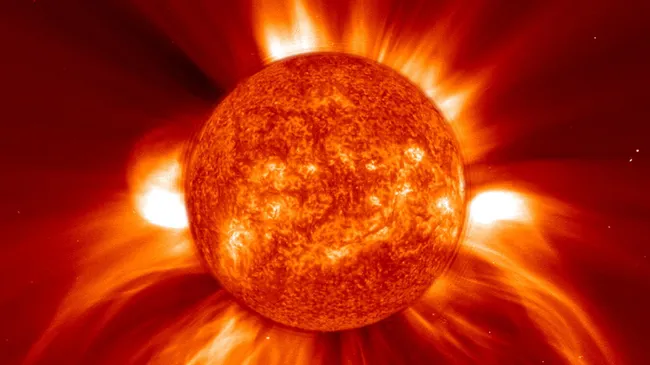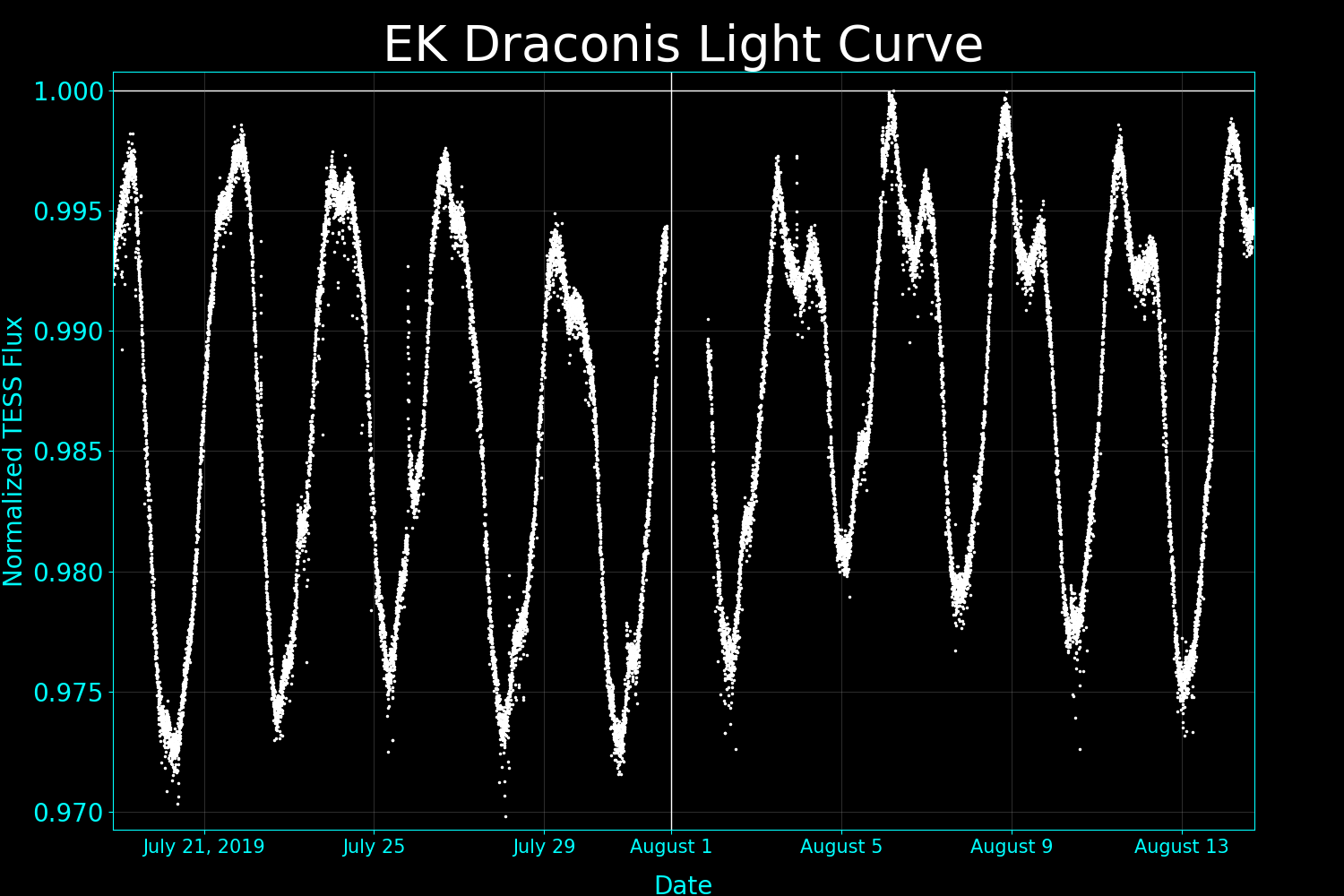Our Sun seems pretty calm these days with a largely stable regular solar cycle revealed by sunspots and flare activity but billions of years ago, it was quite simply a menace. Scientists have just captured evidence of what the Sun and early Solar System might have looked like, and it's more violent than we imagined.
The Sun regularly hurls massive blobs of plasma into space. These coronal mass ejections, or CMEs, sometimes reach Earth and create beautiful auroras. Occasionally they're strong enough to disrupt power systems. But when our Solar System was young, these eruptions were far more extreme, and they may have fundamentally shaped whether life could emerge on Earth at all.
 A coronal mass ejection (CME) captured by NASA and ESA's Solar and Heliospheric Observatory (Credit : NASA/GSFC/SOHO/ESA)
A coronal mass ejection (CME) captured by NASA and ESA's Solar and Heliospheric Observatory (Credit : NASA/GSFC/SOHO/ESA)
The problem is that we can't travel back in time to witness the infant Sun's behaviour and, other than scant geological information we have no evidence to analyse. Instead a team of researchers led by Kosuke Namekata from Kyoto University did the next best thing, they watched a young star that resembles what our Sun was like billions of years ago.
By coordinating observations from the Hubble Space Telescope and ground observatories in Japan and Korea, they observed a star called EK Draconis, requiring split second timing. Hubble watched for scorching hot plasma in ultraviolet wavelengths, while ground telescopes simultaneously tracked cooler gases through visible light.
 *EK Draconis light curve plotted from TESS data*
*EK Draconis light curve plotted from TESS data*
What they saw was remarkable. First came a wave of plasma at 100,000 degrees Kelvin, racing away at speeds up to 550 kilometres per second. Ten minutes later, cooler gas at 10,000 degrees followed at a more modest 70 kilometres per second. This was the first time anyone had captured both temperature components of a CME from a young star like the Sun in real time.
The hot plasma carried far more energy than the cool material, which would have had significant impact on an early Earth. Frequent, powerful CMEs like this would have bombarded the early atmospheres of Earth, Mars, and Venus with intense shocks and energetic particles. These forces could strip away or chemically transform planetary atmospheres.
Here's where it gets interesting for the story of life. While that sounds destructive and pretty brutal, some theories suggest these violent conditions were actually necessary. The energetic particles and strong CMEs might have helped create biomolecules and greenhouse gases essential for life to begin and persist on a young planet. The same fierce radiation that could destroy an atmosphere might also forge the chemical building blocks that made life possible. The strength and the timing made all the difference.
"What inspired us most was the long standing mystery of how the young Sun's violent activity influenced the nascent Earth.” - Kosuke Namekata from Kyoto University
This work doesn't just tell us about Earth's past but also helps us to understand habitability of exoplanets throughout the universe. To assess a rocky planet around other stars for habitability, they'll need to consider what kind of stellar activity those worlds endured in their youth. A planet's potential for life might depend not just on its distance from its star, but on surviving those crucial early bombardments that could either nurture or obliterate chances for biology to emerge.
Source : Coronal mass ejections at the dawn of the solar system

